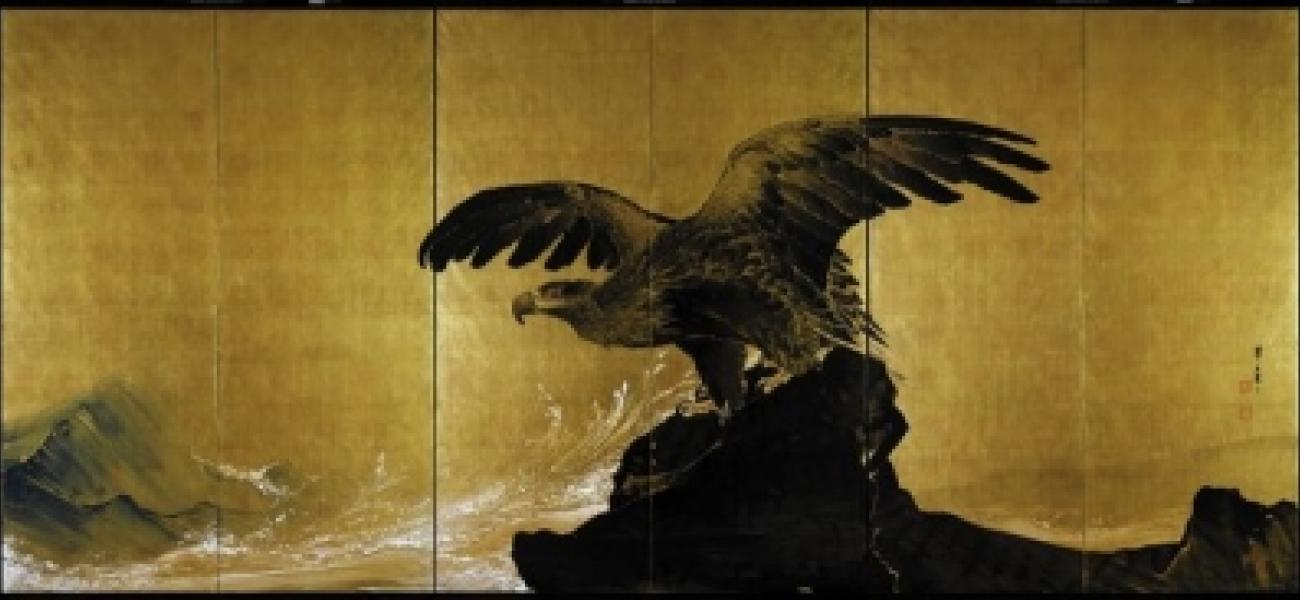Denver, Seattle museums put artworks on the line in Super Bowl wager

Remington's 'Broncho Buster' and the 'Sound of Waves' eagle panels are part of the stakes in the Seattle Seahawks-Denver Broncos game.
Featured on latime.com
If the Seattle Seahawks' ferocious defense isn't enough to make Denver Broncos quarterback Peyton Manning sweat on Super Bowl Sunday, how about the prospect of allowing a city's museum-goers to get thrown for another loss?
Besides the Vince Lombardi Trophy, a sterling silver football on a pedestal, and immeasurable bragging rights, the teams will be playing for the artistic gratification of their respective citizens, thanks to a bet between the directors of the Seattle Art Museum and Denver Art Museum.
The stakes are pointedly emblematic. If the Seahawks win, fans in the great Northwest will be able to come out of the rain for a look at Frederic Remington's 1895 bronze sculpture, "The Broncho Buster," which the Denver Art Museum will be compelled to ship west on a three-month loan.
But if Manning should punctuate the greatest season a National Football League quarterback ever had by plucking the Seahawks' feathers on Sunday, the Denver Art Museum will bag a trophy bird — an eagle perched beside the sea with outstretched wings depicted in "Sound of Waves," a 12-foot-wide drawing on screen panels done in 1901 by Japanese artist Tsuji Kako.
The Seattle Museum originally announced it would stake a 135-year-old Nuxalk tribal bird mask whose menacing beak and fierce eyes bear some kinship to the Seahawks' angry-bird logo, but a spokeswoman said that a switch was made out of respect for the Nuxalk Nation, which requested that the ceremonial object not be used in a Super Bowl wager.
In two previous Super Bowls, Manning led the Indianapolis Colts to victory over the Chicago Bears in the 2007 game but lost in 2010 to the New Orleans Saints. That 31-17 defeat had consequences for museum-goers in the competing cities.
Art lovers in the Big Easy got to enjoy one of the Indianapolis Art Museum's finest treasures, J.M.W. Turner's "The Fifth Plague of Egypt," a 4-by-6-foot canvas from 1800 that shows a landscape of dark, roiling clouds gathering oppressively above a distant pyramid that's gleaming white for the moment, but clearly is in as much trouble as a quarterback whose pass protection has broken down.
Click here to read the full article.